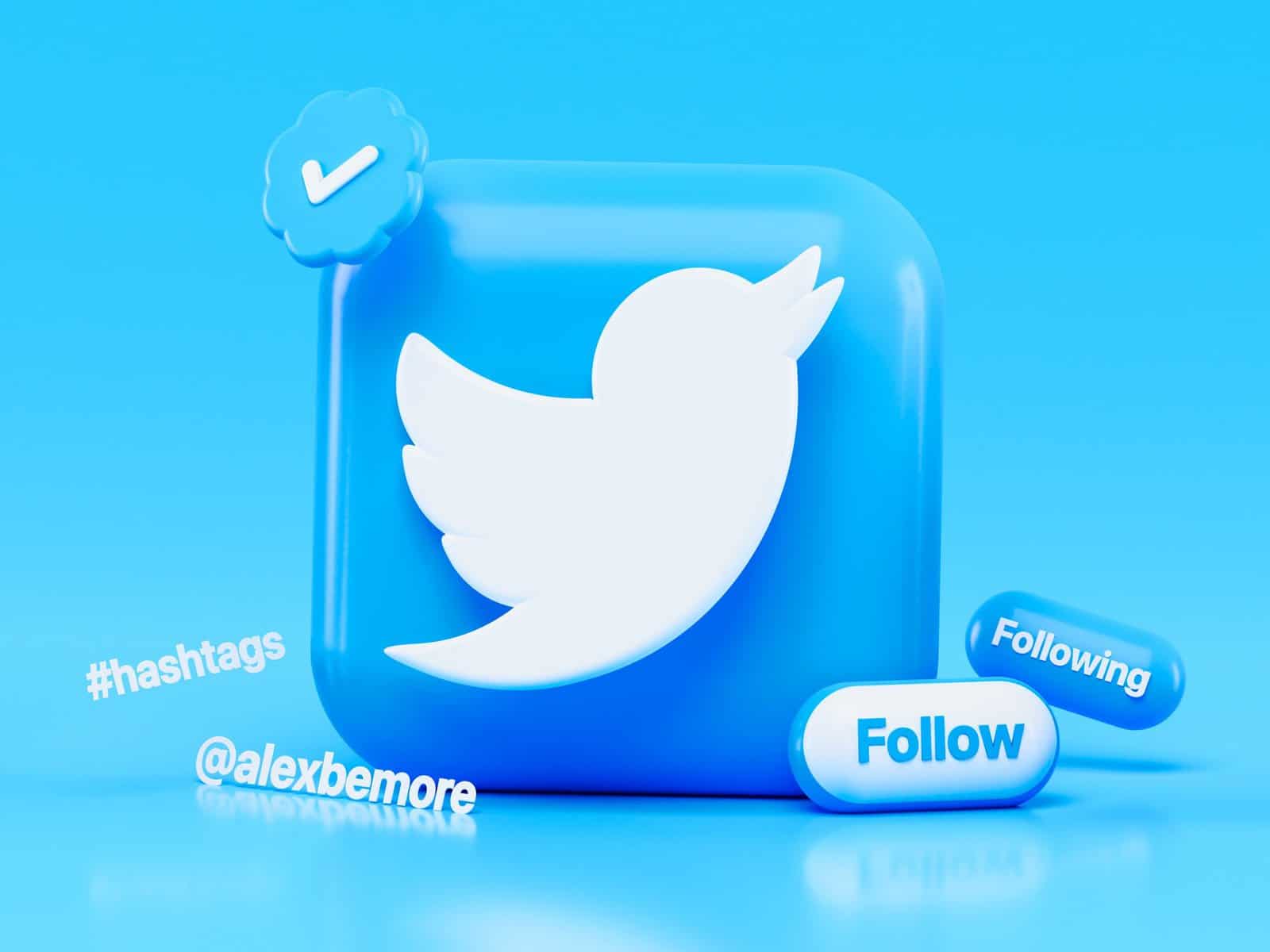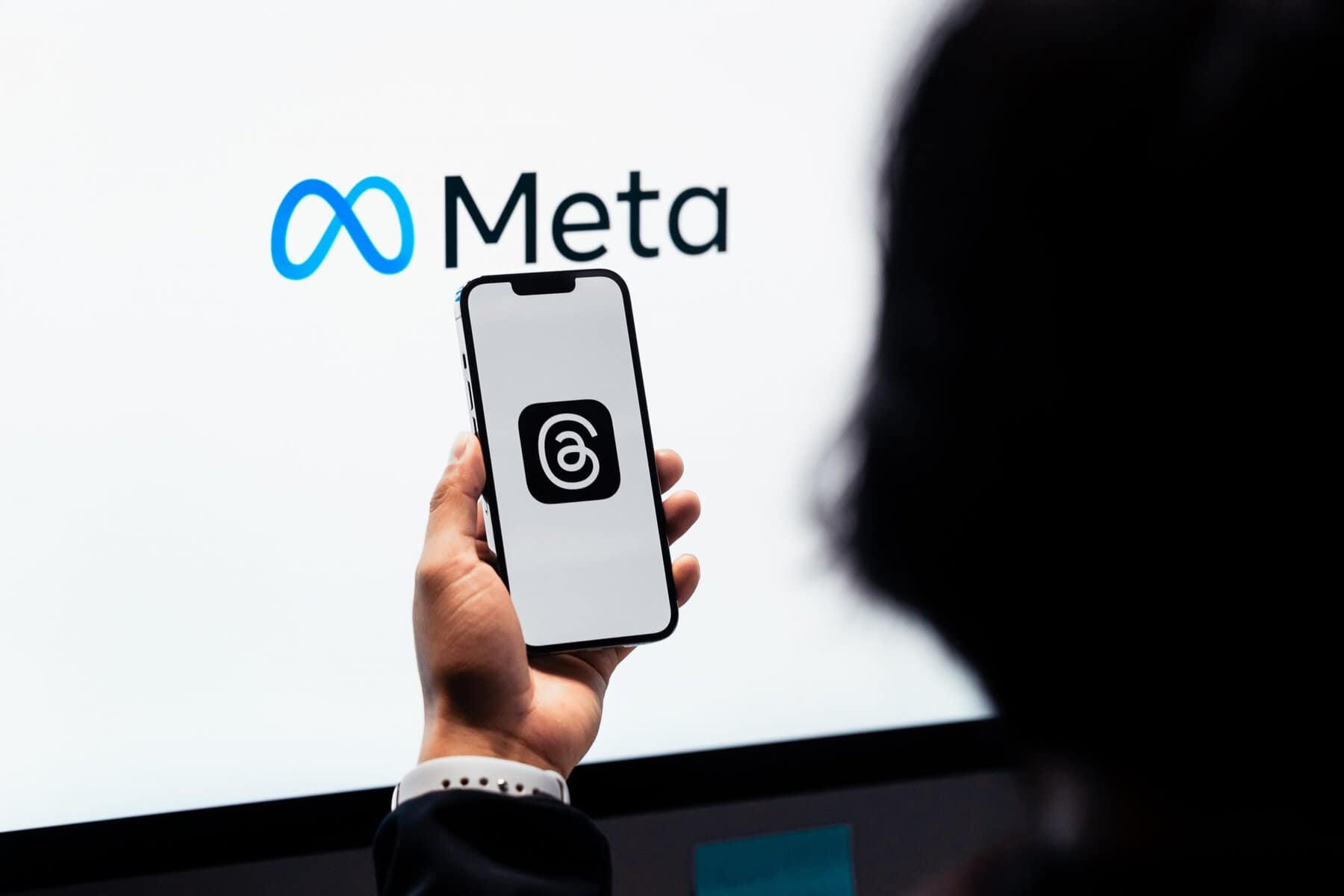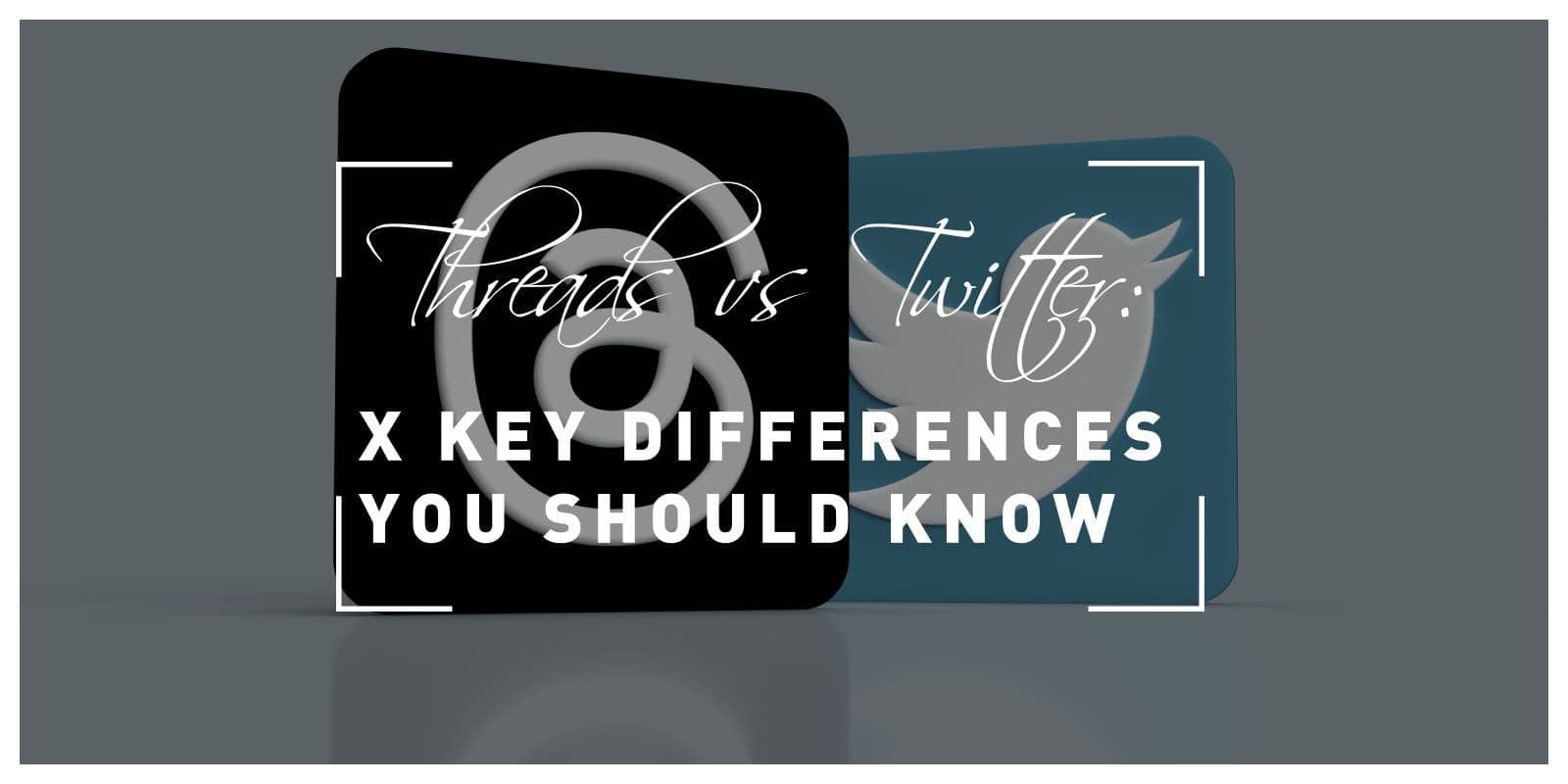In the fast-paced world of social media, two platforms have emerged as prominent players: Threads and Twitter. While both platforms aim to connect individuals and facilitate conversations, they differ significantly in terms of functionality and purpose. Threads, a messaging app by Instagram, offers a more intimate space for private interactions among close friends, focusing on sharing status updates and photos. On the other hand, Twitter serves as a public forum for real-time information exchange and debate with an emphasis on brevity. Understanding these key differences is crucial in navigating the ever-evolving landscape of social media and determining which platform best suits your communication needs.
Threads vs Twitter: X Key Differences You Should Know
Threads and Twitter are both platforms that allow users to express themselves through short-form content. However, there are key differences between the two that can significantly impact user experience and engagement. One major difference is the organization of conversations. On Twitter, discussions can become fragmented and difficult to follow as replies get buried in a sea of tweets. In contrast, Threads provide a more cohesive and structured approach to conversations by connecting related tweets in a single thread.
Another significant difference is the formatting options available on each platform. While Twitter offers limited formatting capabilities such as bolding, italicizing, and adding hyperlinks, Threads take it a step further with rich media support. Users can seamlessly include images, videos, GIFs, polls, and even code snippets within their threads. This additional flexibility allows for more dynamic storytelling possibilities on Threads compared to the text-heavy nature of Twitter.
Lastly, another distinguishing feature is privacy control. On Twitter, all tweets are public by default unless users set their account to private mode. However, once a tweet is sent out into the Twittersphere, it becomes accessible to anyone on the platform. Conversely, Threads offer users greater control over who sees their content since they need to be following an account or have received an invitation link from the author in order to view a thread.
In conclusion, while both Threads and Twitter serve as valuable outlets for expression and online discourse, there are fundamental differences between them that users should consider when choosing which platform suits their needs best.

Overview of Threads and Twitter features
Threads and Twitter both offer unique features that can enhance the user experience in different ways. Threads, introduced in 2017 by Twitter, allows users to easily string together a series of tweets on a specific topic. It provides a seamless way to tell longer stories or share in-depth thoughts without sacrificing the brevity that is synonymous with Twitter. This feature is particularly useful for individuals who want to provide additional context or expand upon their ideas beyond the 280-character limit.
On the other hand, Twitter itself offers various features that set it apart from Threads. One of these is the ability to retweet and quote tweets, allowing users to amplify content they find interesting or engage in conversations based on someone else’s tweet. Additionally, hashtags play a significant role on Twitter, as they allow users to discover and participate in trending conversations around specific topics. The platform also offers options such as adding location tags and mentions (tagging other users) within tweets, enhancing connectivity among its vast user base.
In conclusion, while Threads and various features of Twitter have some overlaps in terms of providing extended ways for users to express themselves on the platform, their key differences lie in how they enable interaction with other users and facilitate discovery of relevant content through hashtags. Both are valuable tools for engaging with others on social media but cater to different needs when it comes to sharing thoughts or joining larger conversations within the online community.
Length and Depth: Threads allow for longer, more detailed discussions
Threads on social media platforms such as Facebook and Reddit offer a distinct advantage over Twitter when it comes to fostering longer, more detailed discussions. Unlike the limited character count allowed in a tweet, threads allow users to delve deeply into a topic, providing context and nuanced perspectives that can enrich conversations. This enables individuals to explore complex subjects thoroughly and engage in thoughtful exchanges with others who share their interests or opinions.
Moreover, the structure of threads encourages users to contribute more substantial content. As each reply adds a new layer to the discussion, participants are motivated to provide detailed responses rather than just making brief statements or sharing links. This dynamic creates an environment where users are incentivized to put forward well-developed arguments or thought-provoking questions, leading to more meaningful interactions that go beyond surface-level engagement.
Threads also allow for the exploration of different angles within a conversation. Instead of being confined to a single linear timeline like Twitter, where replies get buried under an avalanche of new tweets, threaded discussions make it easier for participants to navigate through various subtopics and subthreads within the larger conversation. This enables them to branch out into related ideas or address specific points made by other users in a coherent manner without losing track of the overall discussion. By providing this sense of organization and discoverability, threads empower users with greater control over their engagement with online discourse.
In summary, threads offer an invaluable feature that sets them apart from Twitter: the ability to have lengthy and deep conversations on social media platforms.

Organization: Threads offer a structured format for conversations
Threads offer a structured format for conversations that Twitter does not provide. With threads, users can link related tweets together, creating a cohesive and organized conversation. This is especially useful when discussing complex or multi-faceted topics, as it allows users to present their thoughts in a more coherent manner.
The threaded format also enables users to easily follow and participate in conversations. Instead of scrolling through multiple replies and trying to piece together the context, users can simply read the thread from start to finish. This makes it easier for people to engage with each other’s ideas and contribute to the discussion without getting lost or overwhelmed by unrelated content.
Moreover, threads allow for better organization and categorization of information. Users can create separate threads for different topics or sub-topics within a larger conversation, making it easier for others to find specific information and contributing to a more streamlined browsing experience. In this way, threads offer an efficient way to navigate discussions on Twitter and ensure that relevant information is readily accessible.
Engagement: Twitter encourages broader reach and instant interactions
Engagement is the holy grail of social media, and Twitter reigns supreme when it comes to encouraging broader reach and instant interactions. With its real-time nature, Twitter allows users to tap into trending conversations and connect with a wider audience in an instant. Whether you’re sharing your thoughts on a breaking news story or chiming in on a popular hashtag, Twitter enables you to establish connections with like-minded individuals from across the globe.
One of the key advantages of Twitter’s engagement lies in its character limit. With each tweet restricted to 280 characters, users are challenged to express their thoughts concisely and creatively. This brevity forces individuals and brands alike to make every word count, leading to concise messages that can capture attention easily. Moreover, this limitation promotes interactive discussions as users respond directly within the limited space available.
Another distinctive aspect of Twitter’s engagement is its emphasis on hashtags. These simple yet powerful symbols enable users to categorize content and browse related discussions quickly. By using relevant hashtags strategically, individuals can join conversations around specific topics or events, maximizing their reach among interested audiences who may not be part of their existing network. As a result, participating in hashtag movements can boost visibility significantly while fostering connections between people who share mutual interests or concerns.
In essence, Twitter’s ability to facilitate rapid interactions on timely topics through creative messaging techniques and strategic hashtag usage sets it apart from other social media platforms.
Privacy: Threads provide more control over who sees your content
Threads, Twitter’s newest feature, aims to provide users with more control over who sees their content and engage in deeper conversations. Unlike traditional tweets that are sent out into the abyss of the internet for anyone to stumble upon, Threads allow users to create connected conversations that can be shared with specific followers or groups. This level of privacy is highly appealing as it enables users to curate their online presence, ensuring that only those they trust and want to engage with have access to their content.
By providing a platform dedicated solely to longer-form conversations, Threads offers a safer space for individuals looking for meaningful exchanges. The ability to choose who sees your content creates a sense of privacy and control in an otherwise chaotic digital world. Whether you’re discussing personal experiences or diving deep into niche interests, having the option to share exclusively within specific circles allows for more intimate discussions without fear of repercussions or public criticism.
Moreover, Threads recognizes the growing need for privacy protection as social media continues its evolution. In an era where data breaches and leaks run rampant across platforms, many users are rightfully concerned about their online safety. With Threads’ focus on tighter circles and increased control over audience reachability settings, individuals can have peace of mind knowing that their content is not readily available for prying eyes on search engines or lurking trolls looking for quick targets.
In conclusion, Threads provides a refreshing alternative to traditional tweeting by focusing on privacy through audience selection and fostering deeper connections among like-minded individuals.

Discoverability: Twitter offers better visibility through hashtags and trends
When it comes to discoverability, Twitter has the upper hand with its effective use of hashtags and trends. Hashtags allow users to categorize and search for specific topics or conversations on the platform. By using relevant hashtags in their tweets, users can increase their visibility to a wider audience beyond their followers. This not only helps individuals gain more exposure, but also enables businesses and content creators to reach potential customers or readers who may be interested in their offerings.
Additionally, Twitter trends provide valuable insights into what is currently popular or being talked about on the platform. These trends can range from global events and news stories to pop culture references and memes. By incorporating these trends into your tweets, you can tap into broader conversations and increase your chances of being discovered by people who are actively engaging with those topics. It’s a powerful tool that fuels discoverability and allows users to stay current with what’s happening around them in real-time.
In contrast, while threads on Twitter offer a way to consolidate multiple tweets into one easily accessible narrative, they may not have the same level of discoverability as individual tweets. Without proper promotion through hashtags or inclusion in trending conversations, threads can often go unnoticed by a larger aud
Conclusion: Choose the platform that suits your needs best
In conclusion, when it comes to choosing between Threads and Twitter, it ultimately boils down to your specific needs and preferences. Both platforms offer unique features and advantages that can cater to different types of users.
If you value simplicity and ease of use, Twitter may be the go-to platform for you. With its minimalist design and straightforward interface, it allows for quick browsing and posting of short updates. On the other hand, if you prefer a more organized and collaborative approach to conversations, Threads might be the better choice. Its threaded layout ensures that discussions remain coherent and easy to follow.
Furthermore, consider the scale of your interactions. If you’re looking for a large audience or have a desire to reach out to people from all walks of life, Twitter’s extensive user base can provide ample opportunities for visibility. Conversely, if you want a more intimate setting or need privacy in your communications with close-knit communities or colleagues, Threads’ invitation-only feature ensures exclusivity.
Ultimately, understanding the key differences between Threads and Twitter can help guide your decision-making process. Whether you prioritize simplicity or organization, reaching a wide audience or maintaining privacy – choose the platform that best aligns with your specific needs to maximize your online experience.

